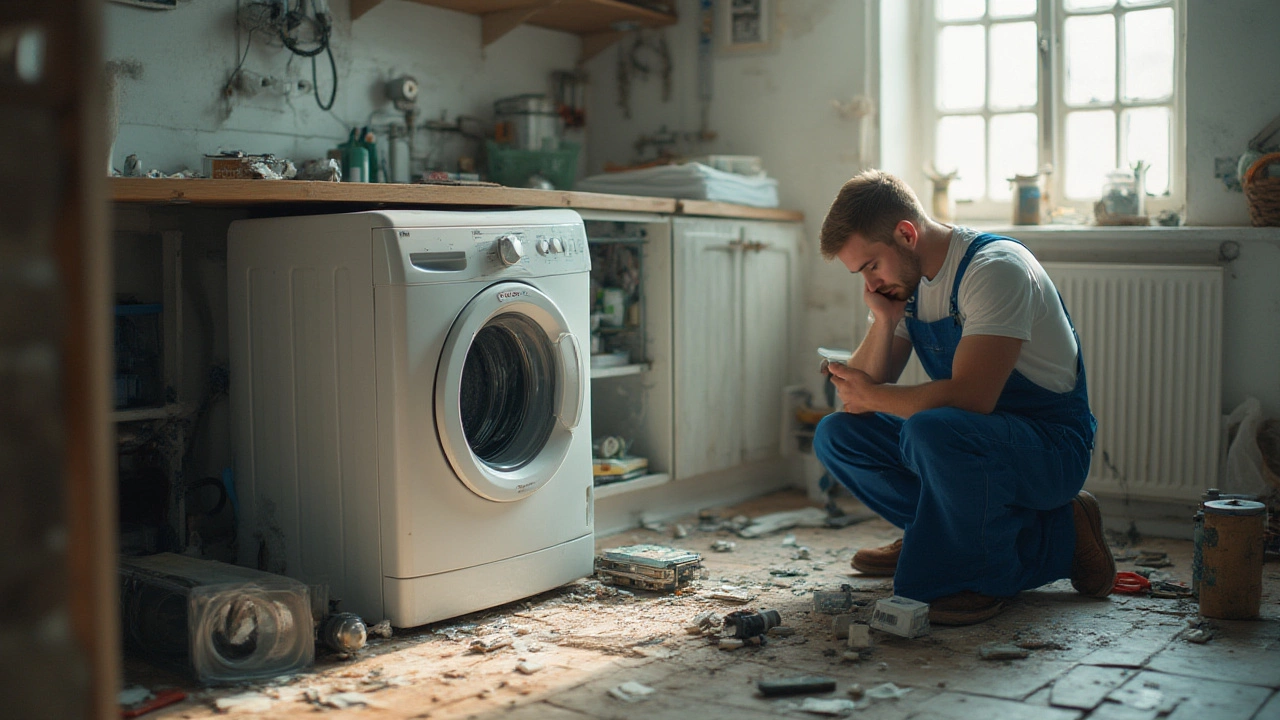
Discover the real costliest washing machine replacement parts and why they matter. Learn how to identify failing parts, repair tips, and cost-saving advice.
A control board is the brain of most appliances – it tells the motor when to spin, the heater when to heat, and the sensor when to stop. When the board goes bad, you get error codes, weird noises, or nothing works at all. The good news? Many signs are easy to spot, and a few DIY checks can save you a call‑out.
First, look for the usual suspects:
If you notice any of these, the control board is the most likely culprit. It’s cheaper to test than to replace the whole appliance.
Grab a screwdriver, unplug the unit, and open the access panel (usually held by a few screws). You’ll see a flat board covered with wires and a metal shield. Here’s what you can do yourself:
If nothing changes after these steps, it’s probably time to get a replacement board or call a qualified technician. Trying to solder a damaged board yourself is risky – you could damage other parts or void warranties.
When you do call a pro, give them these details: error codes, any smells, and what you’ve already checked. Technicians can often source the exact board for your model quickly, and a fresh board typically restores full function for a few more years.
Cost-wise, a control board can range from £70 for a basic washing machine to over £300 for a high‑end dishwasher. Labor adds another £80‑£120. If the appliance is older than 10‑12 years, weigh the repair cost against buying a new, energy‑efficient model.To keep boards from failing, keep the appliance in a cool, dry spot, avoid power surges with a surge protector, and clean dust out of ventilation areas. A little regular maintenance goes a long way.
Bottom line: Spot the signs early, run the quick checks, and know when a professional is needed. With the right approach, a faulty control board won’t ruin your day – and you’ll save time and money.

Discover the real costliest washing machine replacement parts and why they matter. Learn how to identify failing parts, repair tips, and cost-saving advice.